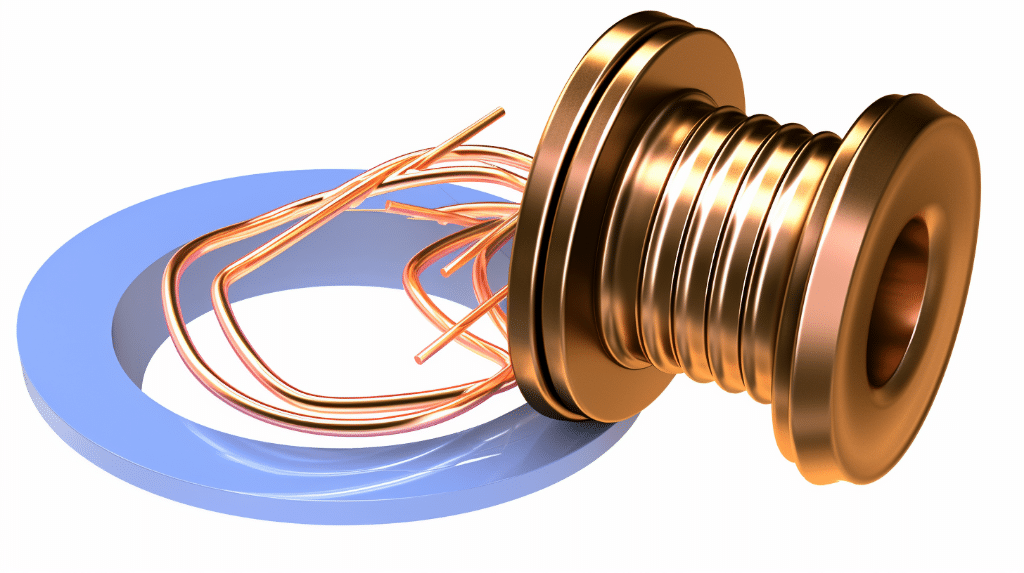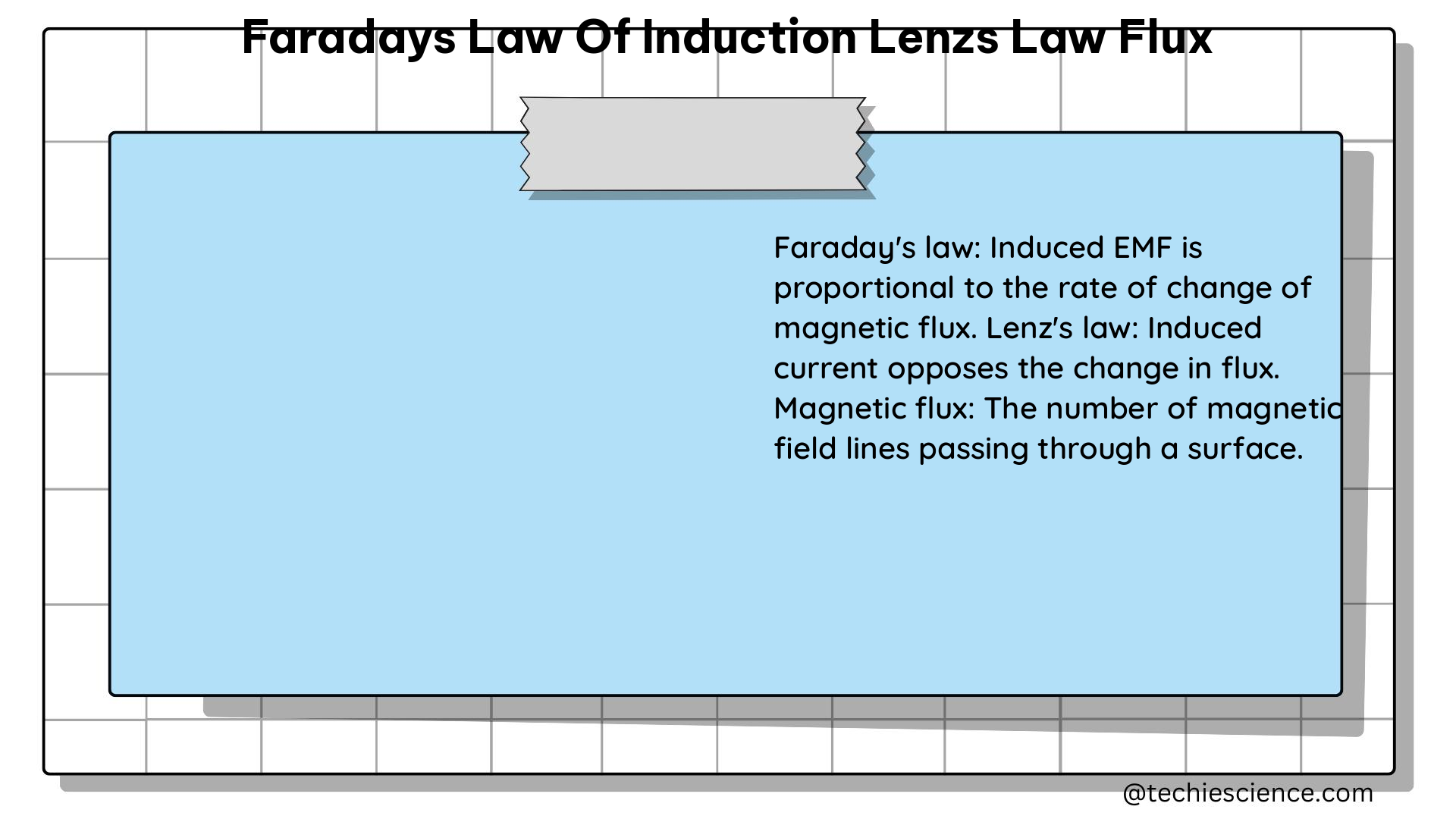Flux linkage is an important concept in electromagnetism that helps us understand the relationship between magnetic fields and circuits. It quantifies the amount of magnetic flux that passes through a given coil or circuit. In this blog post, we will explore how to calculate flux linkage in detail, providing step-by-step instructions, formulas, and examples to ensure a thorough understanding.
The Mathematical Approach to Flux Linkage
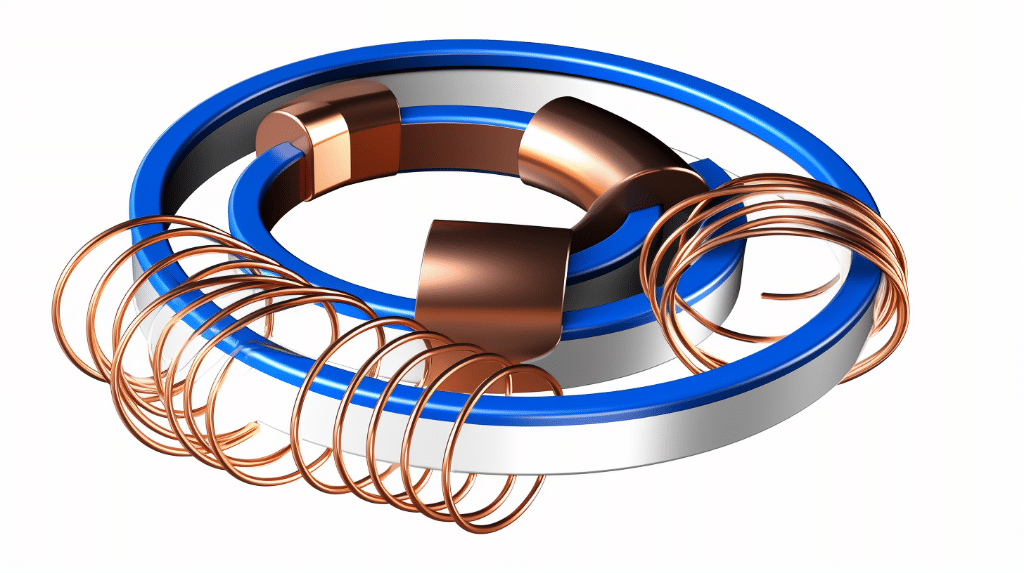
Flux Linkage Formula
Before diving into the calculations, let’s understand the basic formula for flux linkage. Flux linkage ![]() is defined as the product of the number of turns in a coil
is defined as the product of the number of turns in a coil ![]() and the magnetic flux
and the magnetic flux ![]() passing through it. Mathematically, it can be expressed as:
passing through it. Mathematically, it can be expressed as:
![]()
where:
– ![]() represents the flux linkage,
represents the flux linkage,
– ![]() is the number of turns in the coil, and
is the number of turns in the coil, and
– ![]() denotes the magnetic flux passing through the coil.
denotes the magnetic flux passing through the coil.
Total Flux Linkage Formula
In some cases, a circuit may have multiple coils or loops. To calculate the total flux linkage in such a scenario, we need to sum up the individual flux linkages for each coil. The total flux linkage ((\Lambda)) is given by:
![]()
where:
– ![]() represents the total flux linkage, and
represents the total flux linkage, and
– ![]() is the flux linkage for the (i)-th coil.
is the flux linkage for the (i)-th coil.
How to Calculate Flux Linkage
Now that we understand the formulas, let’s go through a step-by-step guide to calculate flux linkage.
Step-by-step Guide to Calculate Magnetic Field Flux Linkage
Step 1: Determine the number of turns ![]() in the coil.
in the coil.
Step 2: Measure the magnetic flux ![]() passing through the coil.
passing through the coil.
Step 3: Use the formula ![]() to calculate the flux linkage.
to calculate the flux linkage.
Let’s work through an example to solidify our understanding.
Example 1:
Suppose we have a coil with 100 turns, and the magnetic flux passing through it is 0.05 Weber. To calculate the flux linkage, we can use the formula (\lambda = N \cdot \Phi):
![]()
Therefore, the flux linkage for this coil is 5 Weber-turns.
How to Calculate Change in Magnetic Flux Linkage
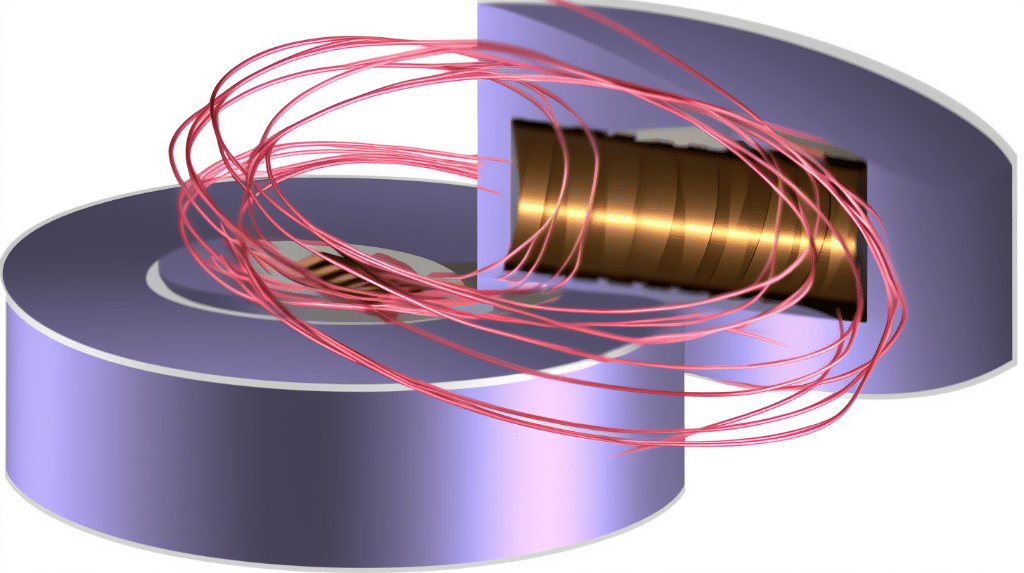
In certain situations, the magnetic flux passing through a coil may change. To calculate the change in magnetic flux linkage, we can use the formula:
![]()
where:
– ![]() represents the change in flux linkage,
represents the change in flux linkage,
– ![]() is the number of turns in the coil, and
is the number of turns in the coil, and
– ![]() denotes the change in magnetic flux passing through the coil.
denotes the change in magnetic flux passing through the coil.
Worked-out Examples on Flux Linkage Calculation
Let’s work through a couple of examples to further solidify our understanding.
Example 2:
Consider a coil with 50 turns. The magnetic flux passing through the coil changes from 0.02 Weber to 0.05 Weber. To calculate the change in flux linkage, we can use the formula (\Delta \lambda = N \cdot \Delta \Phi):
![]()
Therefore, the change in flux linkage for this coil is 1.5 Weber-turns.
Example 3:
Let’s consider a scenario where a coil has 200 turns, and the magnetic flux passing through it remains constant at 0.1 Weber. In this case, since there is no change in magnetic flux, the change in flux linkage ![]() would be zero.
would be zero.
Advanced Concepts in Flux Linkage
How to Determine Maximum Flux Linkage
To determine the maximum flux linkage ![]() in a coil, we need to consider the maximum value of magnetic flux
in a coil, we need to consider the maximum value of magnetic flux ![]() passing through the coil. We can use the formula
passing through the coil. We can use the formula ![]() to calculate it.
to calculate it.
Practical Applications of Flux Linkage Calculations
Flux linkage calculations have various practical applications. They are extensively used in the design and analysis of electrical transformers, electric motors, and generators. Understanding flux linkage is crucial for optimizing the performance and efficiency of these devices.
What is the difference between magnetic flux and magnetic flux linkage?
The difference between magnetic flux and magnetic flux linkage lies in their definitions and applications. Magnetic flux refers to the total magnetic field passing through a surface, while magnetic flux linkage refers to the product of magnetic flux and the number of turns in a coil. To learn more about the distinction between these two concepts, you can visit the article on Difference between magnetic flux and magnetic flux linkage.
Numerical Problems on How to Calculate Flux Linkage
Problem 1:
A coil with 100 turns is wound around a magnetic core. The core has a magnetic field strength of 0.05 T and an area of 0.02 m². Calculate the flux linkage in the coil.
Solution:
To calculate the flux linkage, we can use the formula:
![]()
The magnetic flux can be calculated using the formula:
![]()
Substituting the given values into the formulas, we get:
![]()
![]()
Therefore, the flux linkage in the coil is 0.1 Wb.
Problem 2:

A solenoid has 500 turns and a magnetic field strength of 0.02 T. The length of the solenoid is 0.1 m. Calculate the flux linkage in the solenoid.
Solution:
To calculate the flux linkage, we can use the formula:
![]()
The magnetic flux can be calculated using the formula:
![]()
The area of the solenoid can be calculated using the formula:
![]()
Substituting the given values into the formulas, we get:
![]()
![]()
![]()
Therefore, the flux linkage in the solenoid is 5000 Wb.
Problem 3:
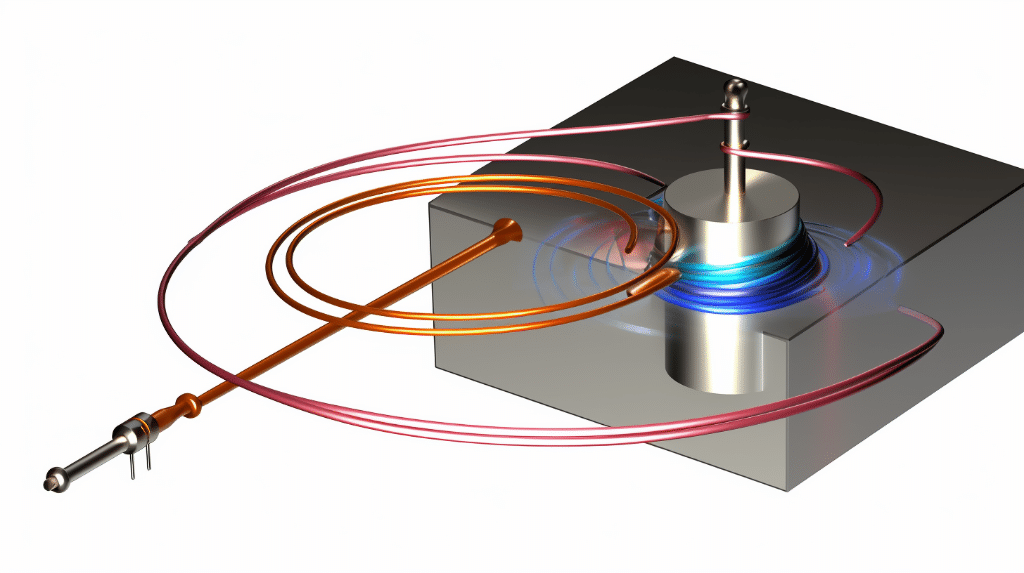
A circular coil with a radius of 0.1 m is placed in a magnetic field with a magnetic flux density of 0.04 T. The coil has 200 turns. Calculate the flux linkage in the coil.
Solution:
To calculate the flux linkage, we can use the formula:
![]()
The magnetic flux can be calculated using the formula:
![]()
The area of the circular coil can be calculated using the formula:
![]()
Substituting the given values into the formulas, we get:
![]()
![]()
![]()
Therefore, the flux linkage in the coil is 0.252 Wb.
Also Read:
